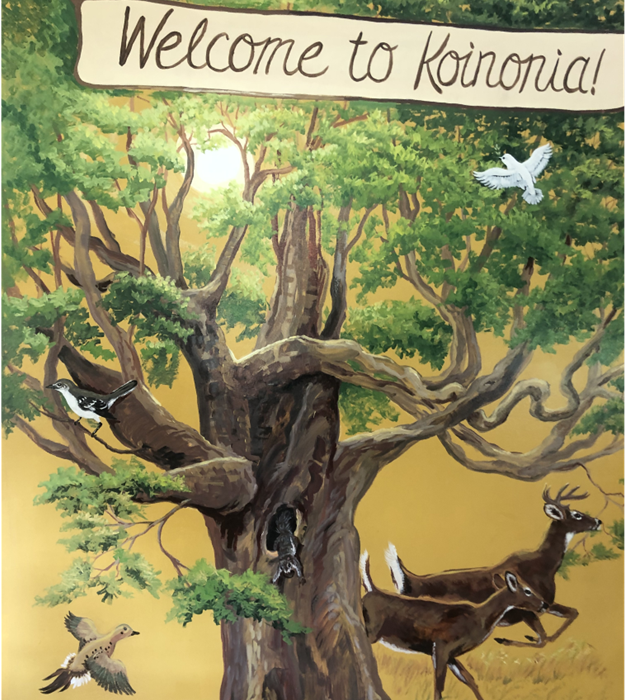Bill Starr: Weeds, weeds, weeds
Published 12:00 pm Wednesday, January 16, 2019
Please allow me to introduce myself; my name is Dan D. Lion and I must be perfectly honest: I frequently show up where I am not welcome or wanted. I guess the reason I am so unpopular is the fact that once I show up I tend to take over and usually bring more of my kind with me. Once I find an area I like, I do not leave willingly. I guess you could say I can be a little difficult to get rid of. If you do not know me, I would wager that you will soon enough as well as some of my other friends.
Since it has warmed up so quickly weeds are really starting to grow quickly (like Dan D. Lion). Weeds are in gardens, weeds in lawns, weeds in flower beds. But what exactly is a weed? A classic definition of a weed would be “any plant out of place.” So, in that respect, your beautiful Bermuda grass lawn could be considered a weed if it were growing in a cornfield. Other definitions for a weed I have heard are an “unloved flower,” and “a plant in disguise.”
It really doesn’t matter what name we call weeds, they are troublesome. Some plants we call weeds today were originally introduced for other purposes. For example, Crabgrass was introduced to the U.S. as a forage plant. Kudzu was brought here to control erosion (which it does very well), but it also controls all the area around where it grows, and just think in the 1940s people were actually paid to plant Kudzu as a means to control erosion. The USDA declared kudzu a weed in 1972, and it has been considered a weed ever since.
Weeds are classified in several different ways, so that effective control measures can be developed. Weeds are generally classified in the following ways: Form — grasses or broad leaf weeds and Growth habits — annual weeds germinate from seeds produce seeds and die in one season. There are two types of annual weeds. Winter annuals are adapted to cool temperatures of fall, winter, or spring. An example of a winter annual is Carolina geranium or hop clover. Summer annuals are adapted to warm temperatures of spring, summer, and fall; most will die by late summer. Goose grass and crabgrass common are examples of weeds that are summer annuals. Biennial weeds germinate from seed and produce a cluster of leaves near the soil surface during their first year of growth. In the second year, biennial weeds germinate from seed or vegetative parts, such as tubers or rhizomes, and establish underground plant parts which will allow the weed to live for an indefinite number of years. Yellow nut sedge — “nut grass” — is an example of a perennial weed.
How do weeds reproduce? Knowing how weeds reproduce can be very important in deciding proper control measures. Weeds may reproduce vegetatively or by seed. For example, nut sedge tubers planted on a spacing of one per sq. ft. on one acre have produced over three million plants and four million tubers in one season. Ask any farmer and they will certainly agree with these numbers. I have been told many times the only way to get rid of nut grass is to move off and leave it. Weeds can also produce a tremendous amount of seeds. One pigweed can produce over 250,000 seeds per plant. With numbers like these it is not difficult to understand how some weeds can become tremendous problems in a short period of time.
When you experience weed problems in your yard, garden, flowerbeds, etc., it is very important to be able to identify the weed before any control measures are used. If you are not sure what type of weed you have, bring it by our office or call me and I will be glad to come out for a visit to try to identify the weed causing you problems. Weed control is not a process that utilizes only one method, but it is an integrated system. Your local County Agent can help you identify weeds and recommend proper control or preventive methods.
One last thought, when you see those beautiful yellow flowers pop up in your yard, please don’t pay them any attention and once those flowers dry down and are covered with seeds, please distribute freely.
Sincerely,
Dan D. Lion
Bill Starr is Sumter County Extension agent/coordinator, University of Georgia Cooperative Extension Service. Contact h im at 229-924-4476.



